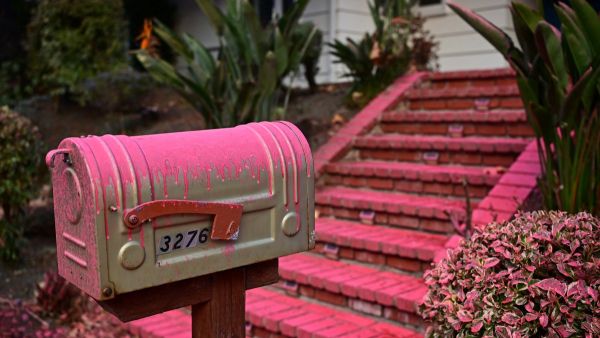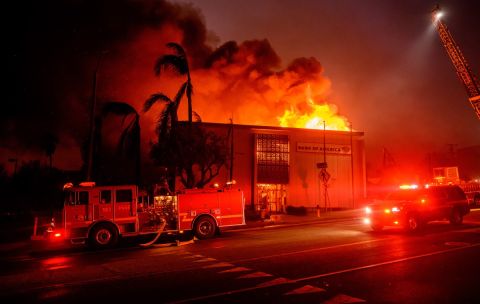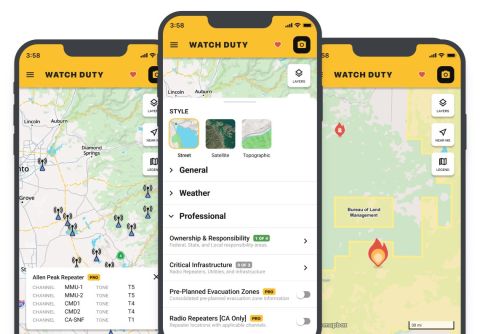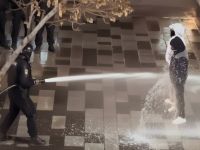Amid the ongoing wildfires in Los Angeles, US, air tankers can be seen dropping red and pink substances over homes, streets, and cars to fight the fire blazes.
Pink and red substances used to battle the wildfires
Los Angeles has been impacted by the Palisades fire, which began in the Pacific Palisades last Tuesday. The fire has burned approximately 23,654 acres and destroyed 5,316 structures. It is currently 11% contained, and experts estimate the total damage could approach $20 billion.
These pink and red substances are known as Phos-Chek, a fire retardant that serves as a visual aid for pilots and firefighters. It has been used by the US Forest Service since the 1960s. Notably, Phos-Chek is composed of 80% water, 14% fertilizer-type salts, 6% coloring agents, and corrosion inhibitors.
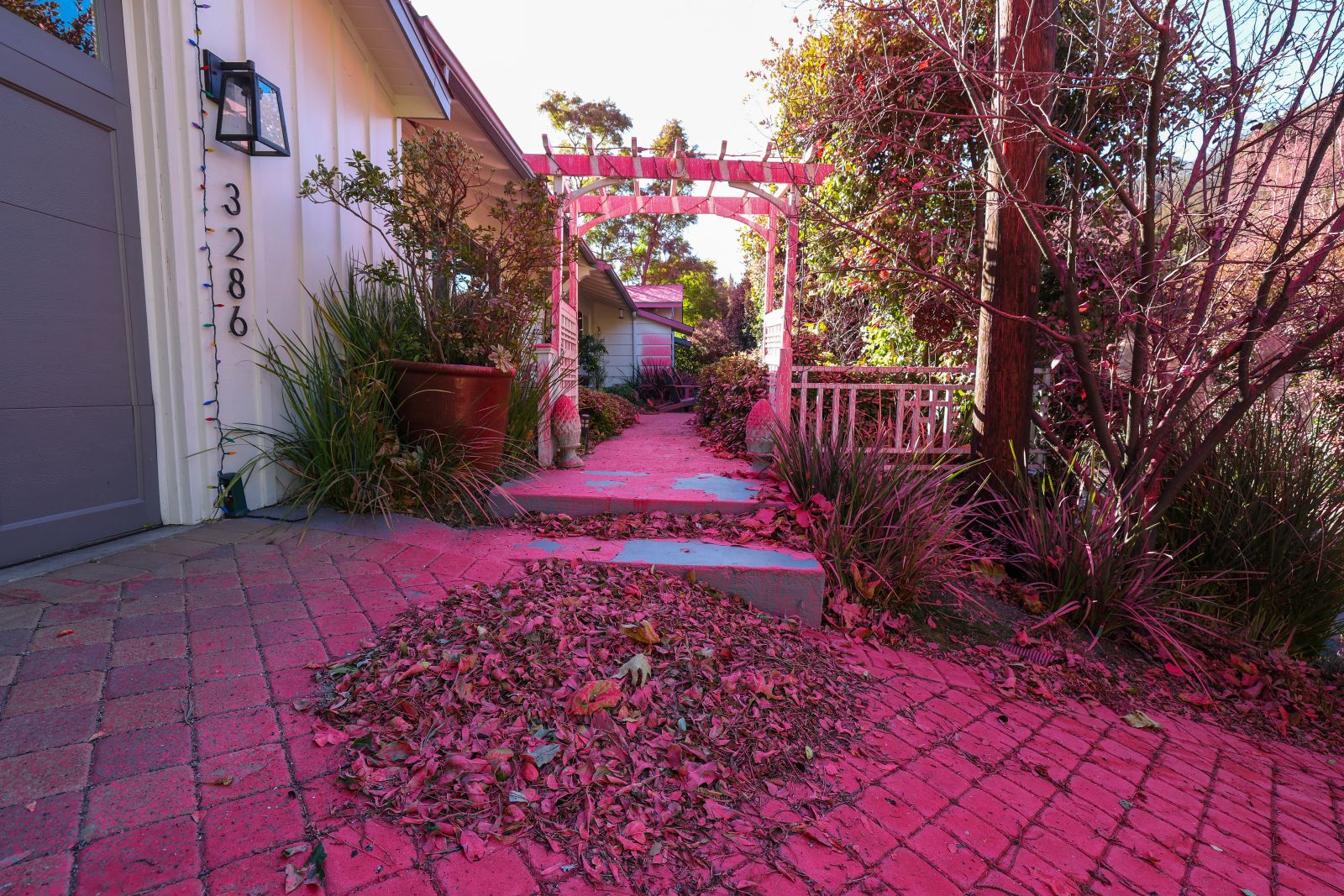
An expert stated that Phos-Chek is significantly more effective than water, as it does not evaporate and continues to serve its purpose. (AFP)
US air tankers are constantly dropping this substance over homes, roads, streets, buildings, cars, and anything in sight to help prevent the spread of fire blazes.
Phos-Chek
Phos-Chek is sold by Perimeter Solutions, a leading global provider of high-quality firefighting products and lubricant additives. The material contains several substances, including a mixture of ammonium phosphate, iron oxide, and rust.
Given its widespread use in Los Angeles, there are growing concerns about the safety of this substance. However, according to the company, the material is designed to prevent the spread of fire.
An expert stated that Phos-Chek is significantly more effective than water, as it does not evaporate and continues to serve its purpose.
Jason Colquhoun, a 53-year-old pilot with HeliQwest, a charter helicopter company specializing in putting out fires, stated: “It comes in a powder and is mixed in - essentially - giant paddling pools, before being loaded on to airplanes and helicopters for coordinated drops.”
United States Forest Service, an agency within the US Department of Agriculture, said the material is completely safe: “the retardants meet the Environmental Protection Agency's criteria for being 'practically non-toxic' to mammals, including humans, and aquatic species."



